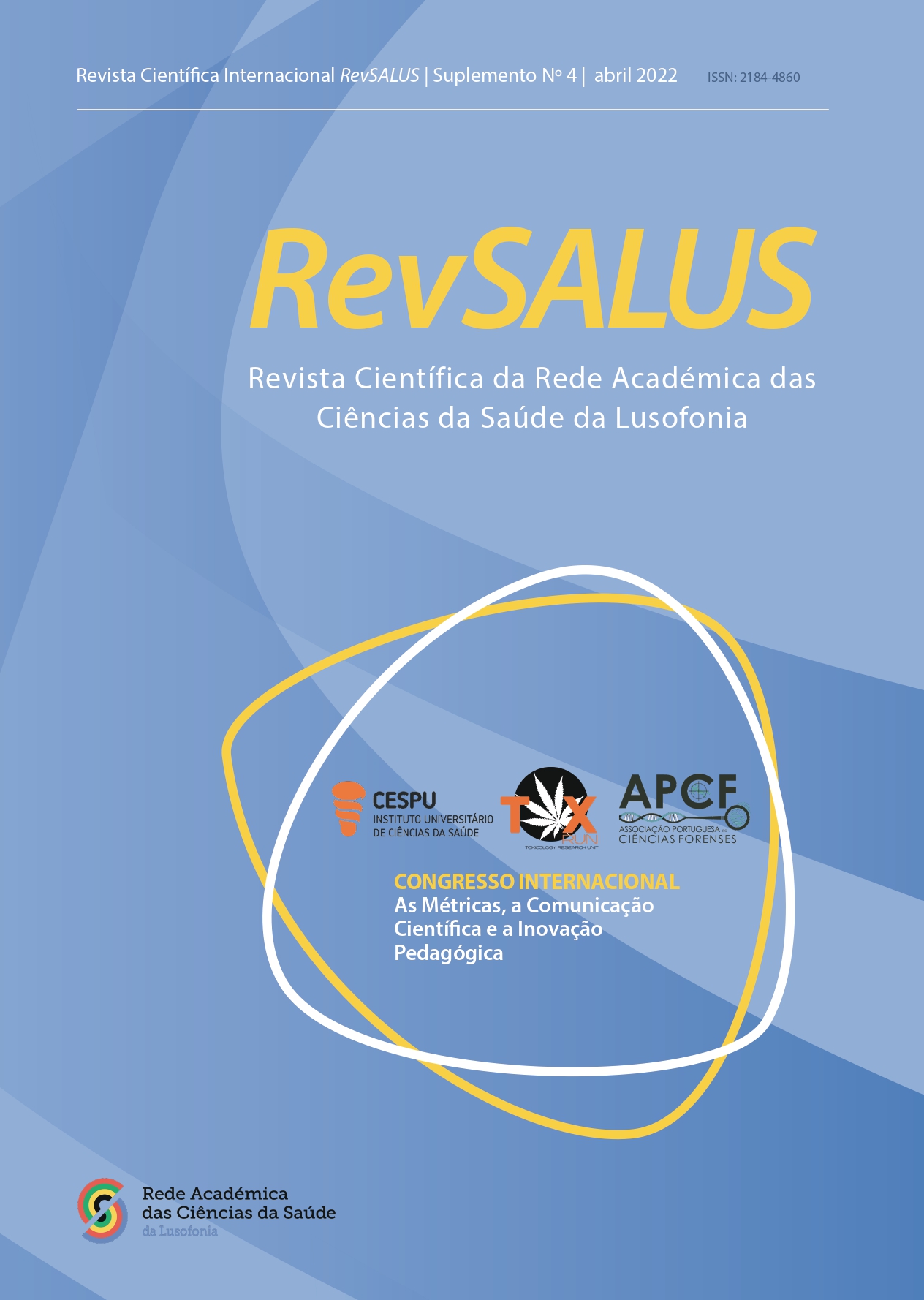Modulation of P-Glycoprotein, toxic xenobiotics and its revelance for spermatogenesis
DOI:
https://doi.org/10.51126/revsalus.v4iSup.364Palavras-chave:
spermatogenesis, hemato-testicular barrier, sertoli cells, membrane transporters, P-glycoproteinDownloads
Downloads
Publicado
Edição
Secção
Licença

Este trabalho encontra-se publicado com a Licença Internacional Creative Commons Atribuição-NãoComercial-SemDerivações 4.0.
You are free to:
Share — copy and redistribute the material in any medium or format;
Adapt — remix, transform, and build upon the material for any purpose, even commercially.









 Endereço e contactos:
Endereço e contactos: